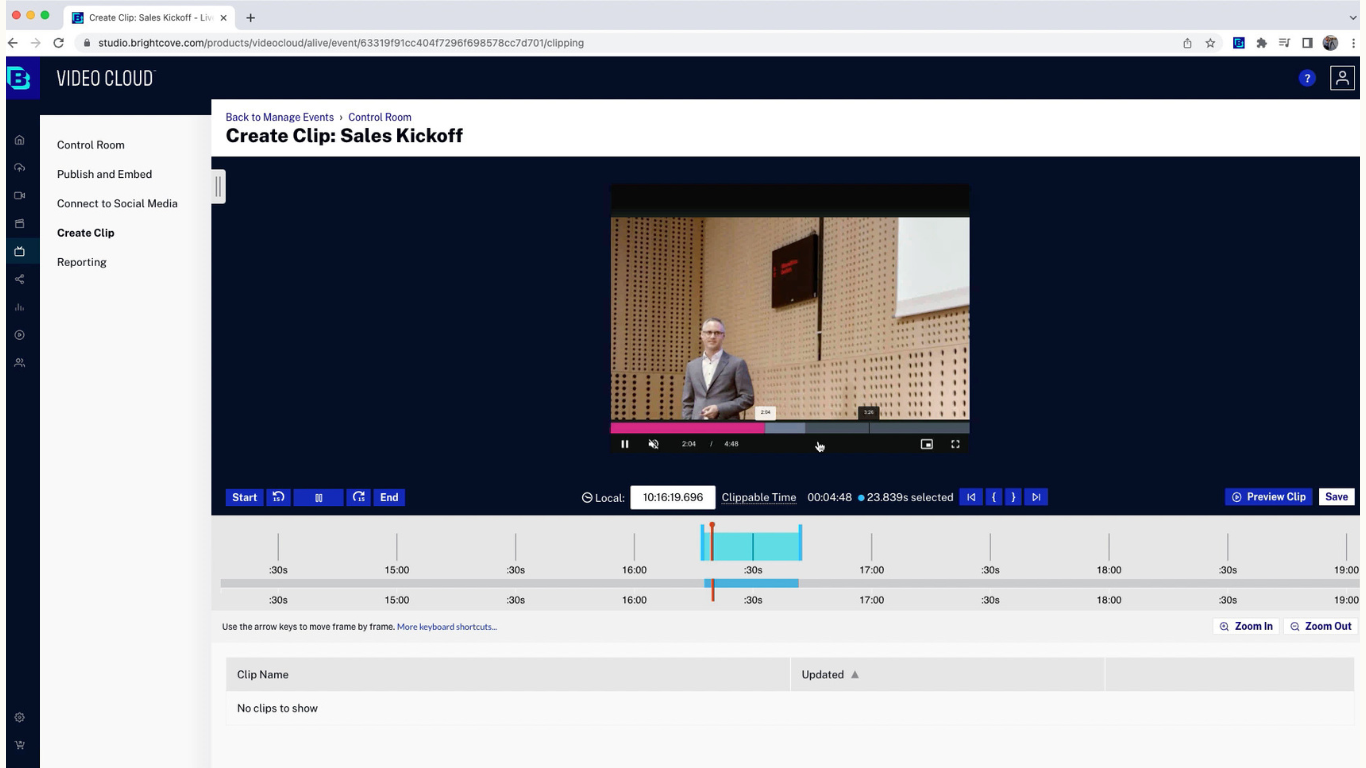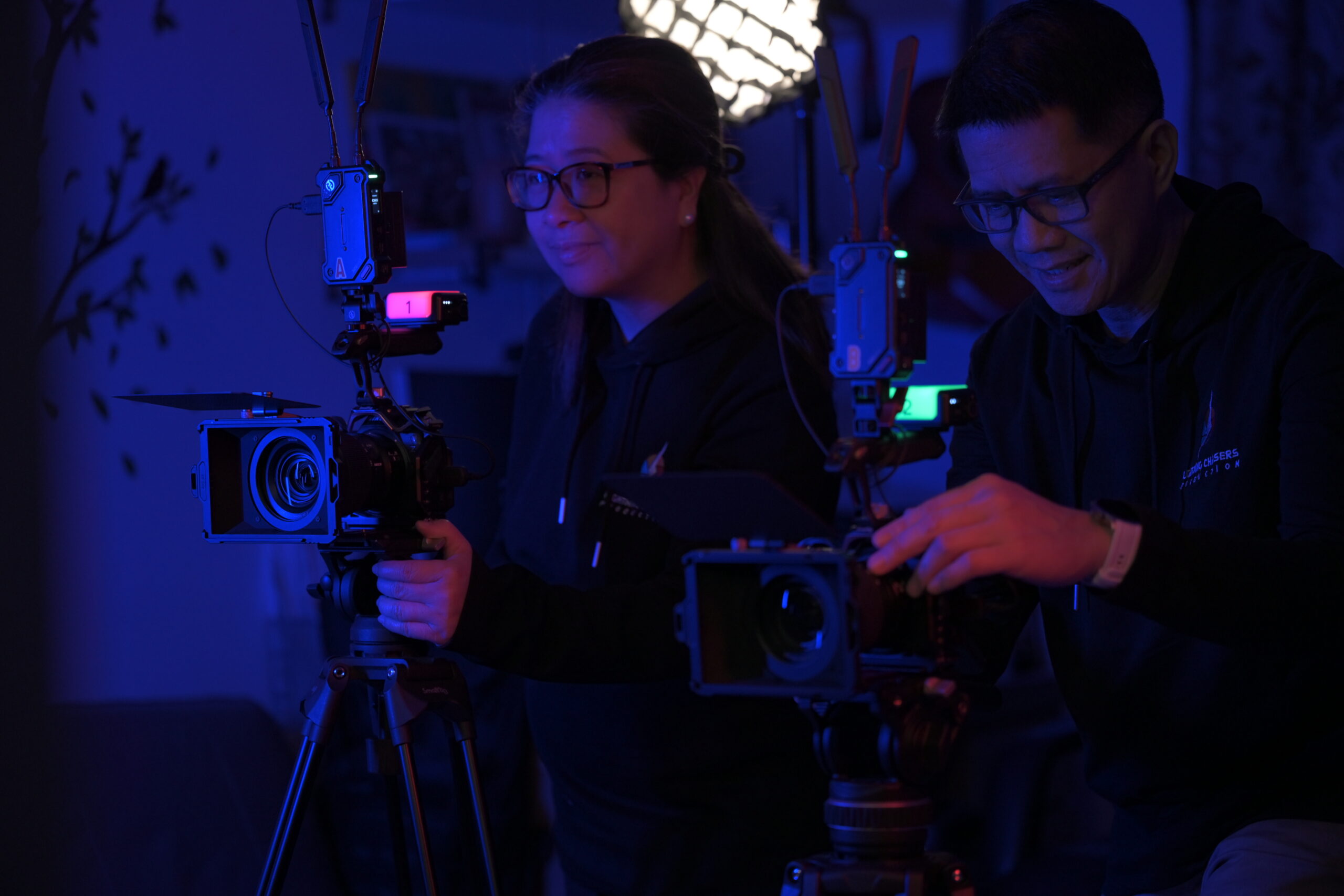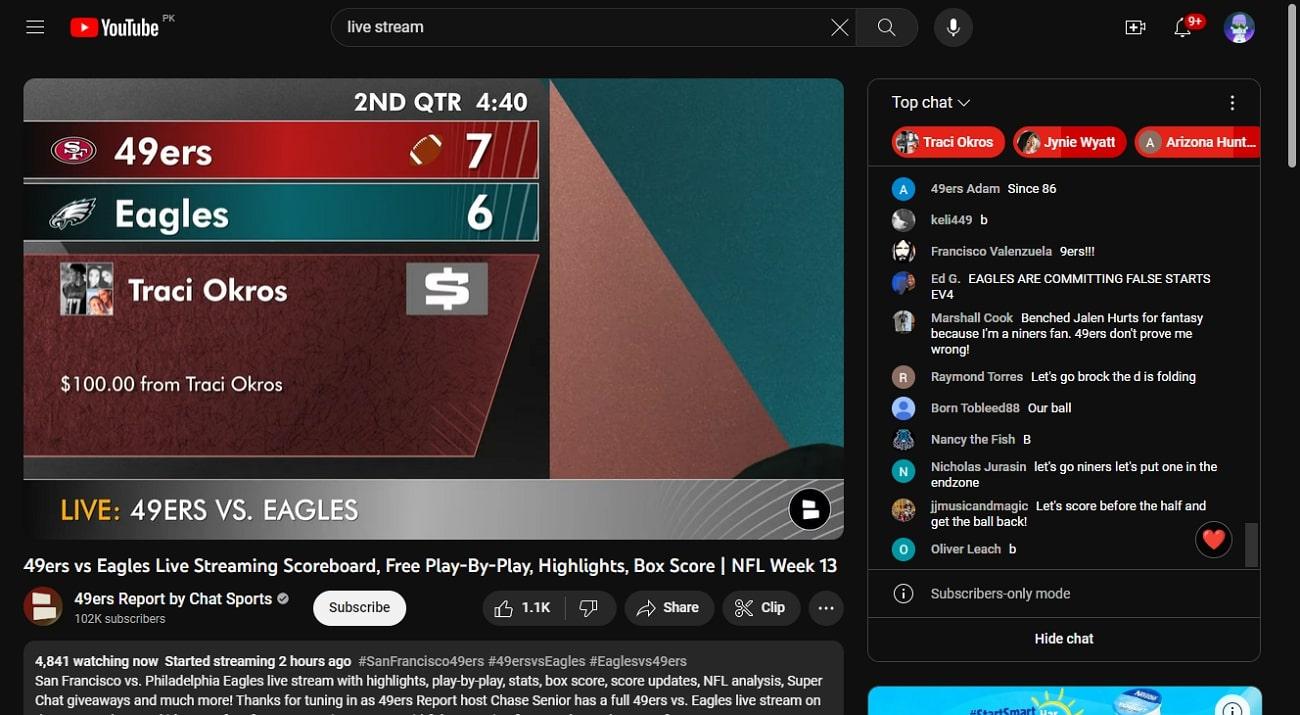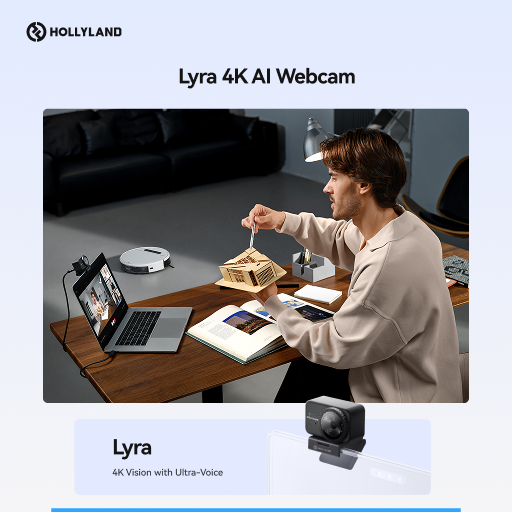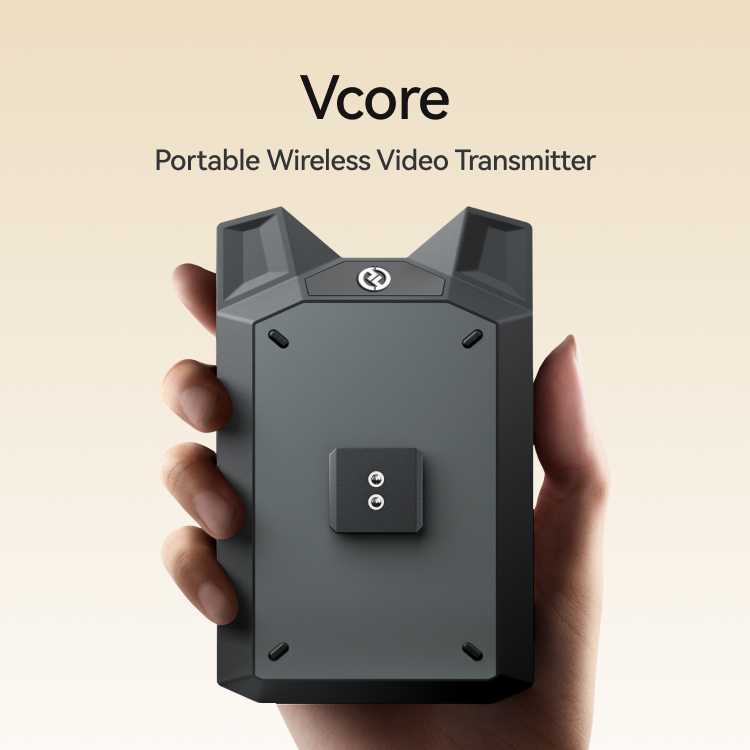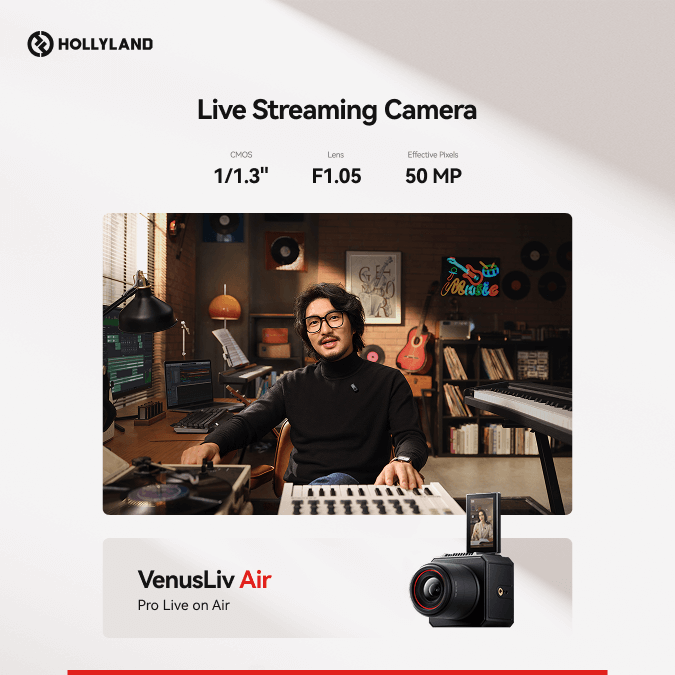Although most cameras only capture a small slice of the work, dual-lens models adopt a completely different approach. These 360 cameras capture every single thing around them, allowing you to reframe videos to fit 16:9 screens and livestream stunning footage on streaming or VR platforms.
360-degree cameras are perfect for travel vloggers who love showing their viewers the complete charm of famous locales, as well as for thrill-seekers who want more than what a traditional single-lens camera can offer. They’re also ideal for interior designers and realtors who want to produce virtual tours and show off homes to potential buyers.
10 Best 360 Cameras for Live Streaming in 2023
The best 360 cameras boast automatic stitching, image stabilization, 8k video resolution, Wi-Fi, live streaming, GPS, slo-mo modes, and more. You can use these cameras to take selfies from several different camera angles, live stream an office meeting, create riveting real-estate virtual tours, or capture your impressive ski down a mountain.
No matter your use, it’s essential to know how to select the best 360 camera. To get a better idea of the options available in the market, take a look at how the best 360 cameras for live streaming compare to each other:
| Title | Insta 360 X3 | GoPro Max | Insta360 One RS Twin Edition | Ricoh Theta X | Ricoh Theta Z1 | Kandoo QooCam 8K | Insta360 Nano | Samsung Gear 360 | Ricoh Theta S | Giroptic iO |
| Video Resolution | 5.7K | 5.6K | 5.7K | 5.7K | 4K | 7.7K | 3K | 4K | Full HD | 1920 x 960 |
| Image Resolution | 72MP | 16.6MP | 48MP | 60MP | 23MP | 29.5MP | 3K | 15MP | 12MP | 13840 x 1290 |
| Frame Rate | 60fps | 30fps | 30fps | 30fps | 30fps | 30fps | 30fps | 24fps | 30fps | 30fps |
| Waterproof | 10m | 16 feet | 16 feet | NA | NA | NA | NA | IP53 water-resistant | NA | NA |
| Memory | MicroSD | MicroSD | MicroSD | MicroSD card + 46GB of internal storage | 51GB of internal storage | 64GB of internal storage and SD card slot | 64GB internal space | MicroSD card | 8GB internal storage | Uses phone storage |
| Battery Capacity | 1800mAh | 1600 mAh | 1445 mAh | 1350mAh | NA | 3000mAh | 800 mAh | 1160 mAh | NA | 915 mAh |
| Price | $449 | $499 | $408 | $796 | $1046 | $1990 | $149 | $145 | $382 | $90 |
The Best 360 Cameras for Live Streaming in 2023
Editor’s Choice: Insta360 X3
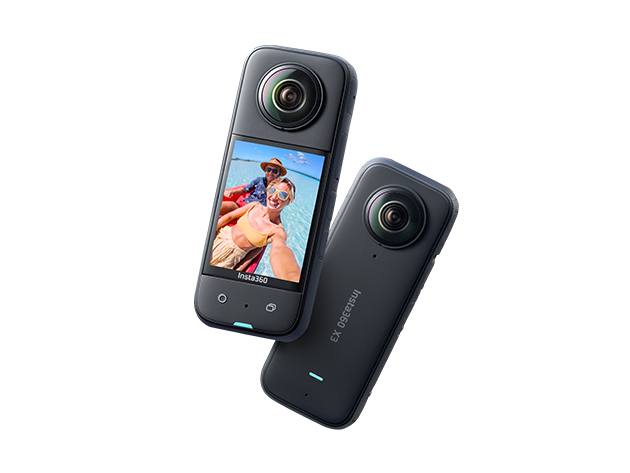
- Price: $449 on Amazon
- Video resolution: 5.7K
- Image resolution: 72MP
- Frame Rate: 60fps
- Waterproof: 10 meters
- Memory: MicroSD
- Battery capacity: 1800 mAh
One of the best 360 cameras for live streaming, the Insta360 X3 boasts 5.7K video with Active HDR, offering excellent results in bright and mixed light conditions. It includes multiple creative features, including 8K time-lapses and slow-motion bullet time. The camera is also waterproof and can handle rough use, making it perfect for capturing action or live streaming your climb up a mountain.
However, what gives this camera an edge over other models is its video editing app. After capturing footage in every single direction, simply use the app to keep the angles you want for later editing. The app also boasts a few intuitive and powerful AI tools that work great on your phone, so you don’t have to wait until you’re home or at your desktop computer to make any of the desired changes.
The Insta360 X3 itself is rectangular, pocketable, and incredibly portable. It’s waterproof up to 32 feet as well, so you can easily live stream your latest underwater adventures. Whether you want a 360 camera to capture real-estate videos, live stream fun holiday adventures, or simply use it as an action cam, the Insta360 X3 is undoubtedly one of the best ways to go.
Pros
- Incredible image stabilization
- Waterproof up to 32 feet
- User-friendly app allows easy editing
- Invisible selfie stick
- Four microphones for spatial sound
Cons
- Performance decreases a bit in low light
- Sound quality is a little underwhelming
Best for Spherical Footage: GoPro Max
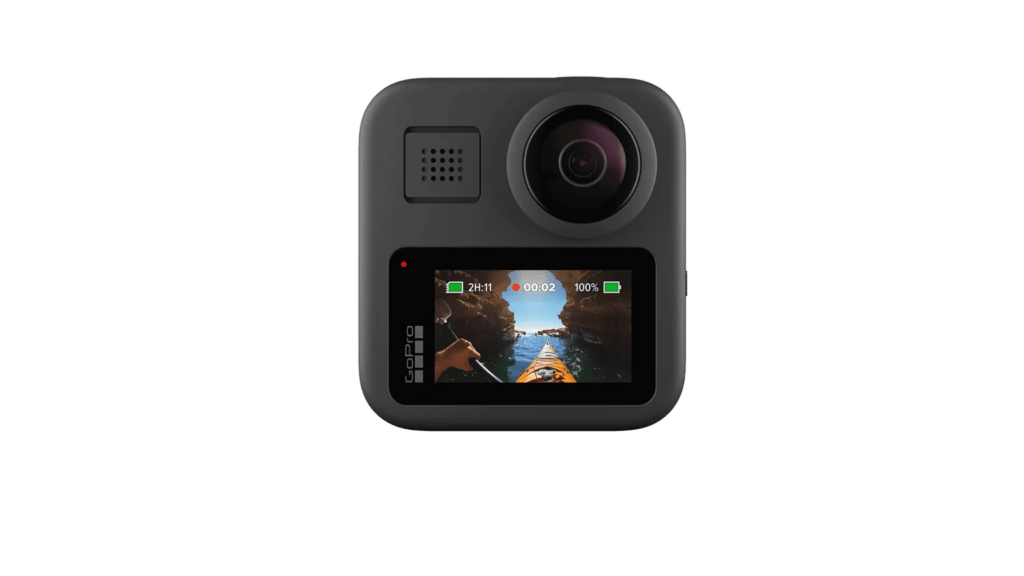
- Price: $499 on Amazon
- Video resolution: 5.6K
- Image resolution: 16.6MP
- Frame Rate: 30fps
- Waterproof: 16 feet
- Memory: MicroSD
- Battery capacity: 1600 mAh
The GoPro Max provides a much better and more streamlined performance than the GoPro Fusion. It captures high-quality 5.6K footage and even offers software support to change or reframe the projection of your video.
Although the camera’s editing tools are not quite as good as the ones included with the Insta360 X3, live streamers and vloggers may still prefer the Max thanks to its stunning six-mic audio array.
Incredible features like horizon leveling, HyperSmooth stabilization, PowerPano, TimeWarp, and excellent sound quality are all packed into a durable, compact body that’s waterproof up to 16 feet. Lastly, like the Insta360 X3, the GoPro Max also boasts an intuitive smartphone application that allows you to easily edit videos with a few taps on your screen.
Pros
- Great stability
- Waterproof up to 16 feet
- Single and 360-lens capture
- Six internal microphones
- Responsive and intuitive touchscreen
Cons
- Single-lens mode has an inferior frame rate
- Expensive than other models
Best for Beginners: Insta360 One RS Twin Edition
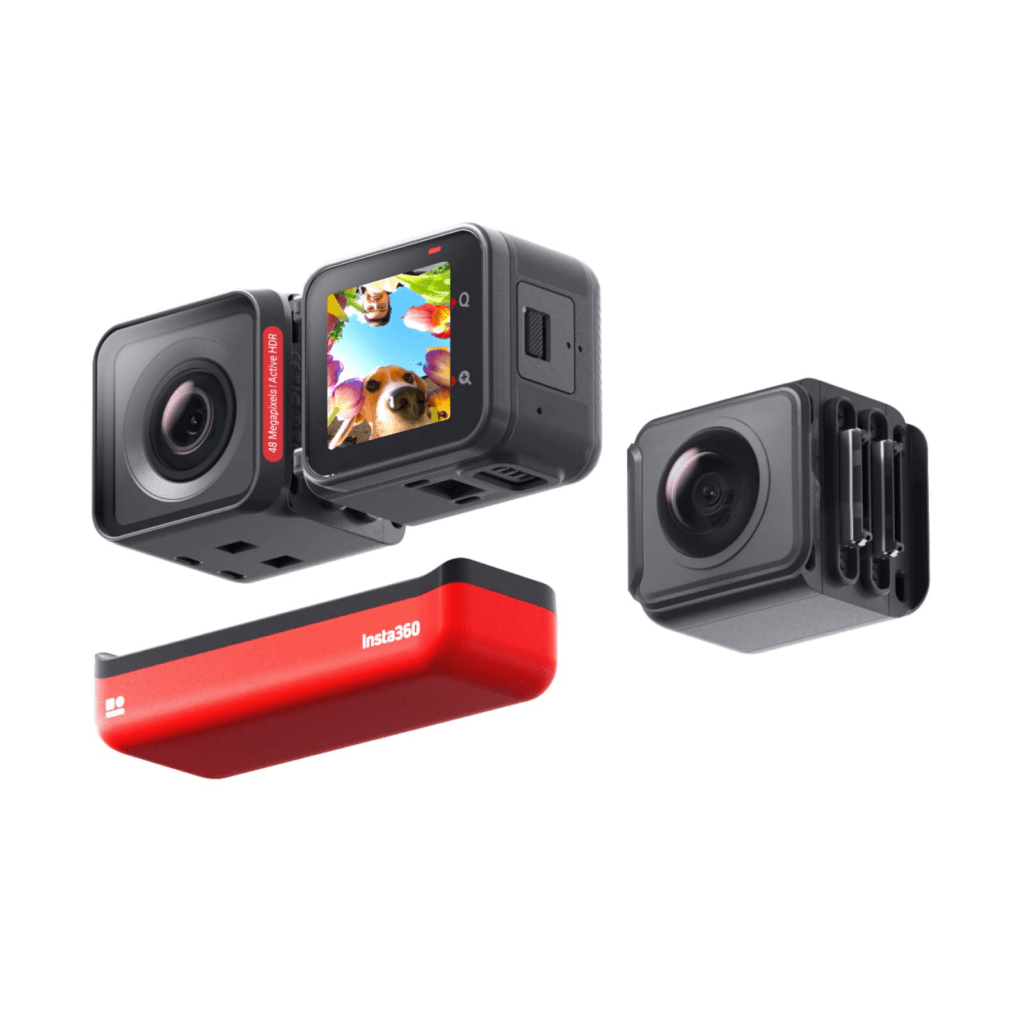
- Price: $408 on Amazon
- Video resolution: 5.7K
- Image resolution: 48MP
- Frame Rate: 30fps
- Waterproof: 16 feet
- Memory: MicroSD
- Battery capacity: 1445 mAh
The modular design of the Insta360 One RS is what makes it stand out from other 360-degree cameras in the market. You can use the dual-lens 360 cam to live stream 5.7K spherical footage or switch to the 4K Boost lens to capture digitally stabilized 16:9 videos at up to 60fps.
The 360 lens records everything around you, allowing you to put your viewers into a completely explorable space. The camera also gives you full creative control to capture flat 16:9 frames and later incorporate them into your video projects. All this functionality makes it one of the best 360 cameras for live streaming – and with 5.7K, its video resolution is easily comparable with the GoPro Max.
However, as with every beginner camera, there are a few drawbacks. The built-in microphones struggle to capture sound outdoors, even if there’s only a bit of breeze. The small LCD also makes it difficult to preview wide-screen shots and taking the camera apart whenever you need to switch between rear- and front-facing modes can be a bit of a hassle as well.
Pros
- 360 and 4K lens options
- 6K widescreen mode
- Ingenious modular design
- Incredible ‘FloState’ stabilization
Cons
- Desktop software is needed to process hi-res files
- Exporting and editing take time
Best for Stills: Ricoh Theta X
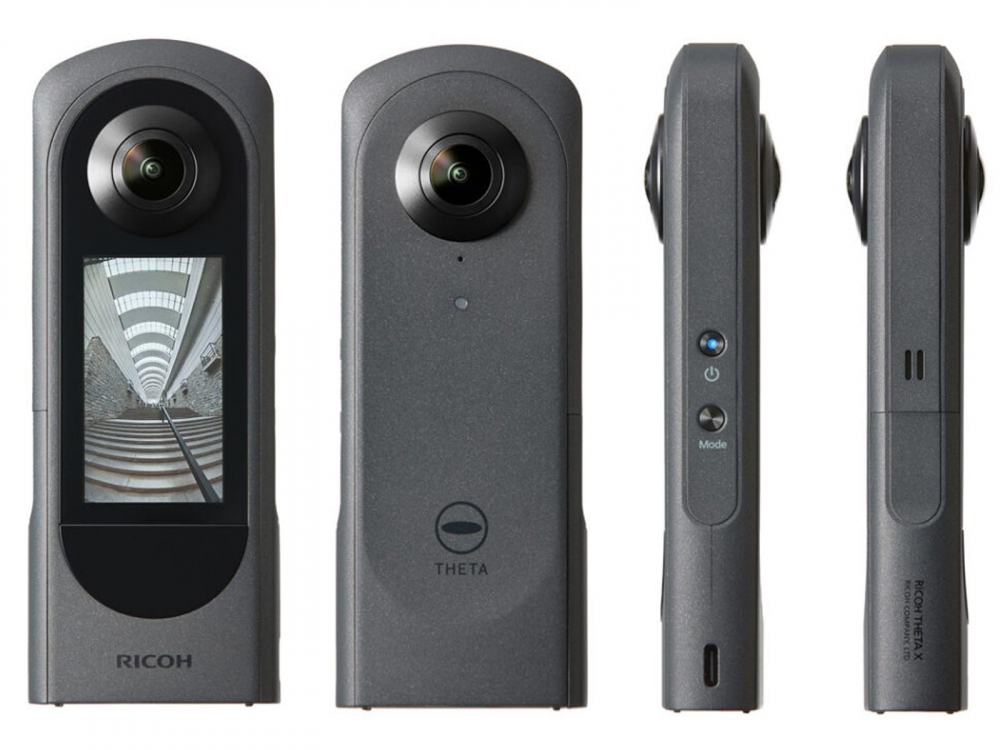
- Price: $796 on Amazon
- Video resolution: 5.7K
- Image resolution: 60MP
- Frame Rate: 30fps
- Waterproof: NA
- Memory: MicroSD card and 46GB of internal storage
- Battery capacity: 1350mAh
The slim Ricoh Theta X boasts a beautiful color display for quick image previews and phone-free setups. It records 5.7K videos, captures 60MP images, and comes with 46GB of internal storage, making it perfect for shooting real estate videos, live streaming your latest accomplishments, and other 360-degree applications.
With such a wide range of convenient features, the Ricoh Theta X will be ideal for anyone looking for a versatile, user-friendly, and premium 360 camera. Thanks to its excellent low-light and coloring abilities, it shoots stills in stunning 11K resolution, which gives it an edge over its competition. However, keep in mind that at this price point, the Theta X is a pretty serious investment.
Also, if you’re thinking of purchasing this model as an alternative to the GoPro, it’s important to note that its image stabilization (despite the higher resolution) isn’t just as good.
Pros
- Captures 60.5MP still images
- 2.25-inch color touchscreen for easy image previews
- Excellent low-light performance
Cons
- Short battery life
- Unable to capture in RAW
Best for Low Light Conditions: Ricoh Theta Z1
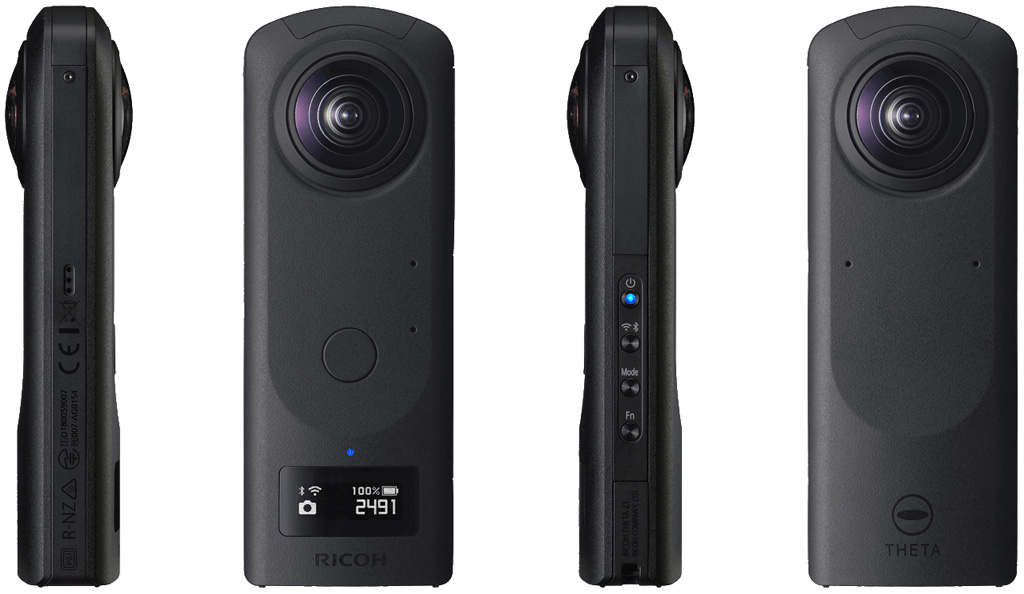
- Price: $1046 on Amazon
- Video resolution: 4K
- Image resolution: 23MP
- Frame Rate: 30fps
- Waterproof: NA
- Memory: 51GB of internal storage
- Battery capacity: NA
If you’re looking for a 360 camera to live stream and capture videos indoors or any place where the lighting is less than ideal, then the Ricoh Theta Z1 is the perfect one for you. While its video resolution isn’t as good as some other 360 cameras on the list, its ability to shoot images in RAW at a stunning 23MP resolution more than makes up for it.
Thanks to its variable aperture, sensor size, and incredible image processing algorithm, its 4K videos still come out looking great. Its impressive HDR image processing, intuitive editing software, increased internal storage space, and 4K live streaming further earn it a place on our list of top picks.
However, keep in mind that none of these functions come cheap, and purchasing this model will set you back nearly $1000. If you’ve set pro-grade sensors as a priority, are planning on shooting more stills, and have a high budget, then definitely give the Theta Z1 a closer look.
Pros
- HDR image processing
- Large internal memory
- Two 1-inch sensors and variable aperture
- Stunning 23MP stills
Cons
- Non-removable battery has an average life
- Not waterproof
Best for 8K Videos: Kandoo QooCam 8K

- Price: $1990 on Amazon
- Video resolution: 7.7K
- Image resolution: 29.5MP
- Frame Rate: 30fps
- Waterproof: NA
- Memory: 64GB of internal storage and SD card slot
- Battery capacity: 3000mAh
Boasting a massive 1/1.7-inch CMOS sensor, impressive 8K resolution, and 10-bit color, the Kandoo QooCam 8K is one of the best 360 cameras for image quality. The vibrant colors, sharp contrast, and high quality of all its videos and photos make this camera truly one of a kind.
It spits out great-looking photos and captures smooth, sharp, and detailed videos in both widescreen and 360 modes, allowing creative filmmakers to take a giant leap forward with all their video projects.
However, there are a few drawbacks. The fan is audible, the camera itself isn’t waterproof, and even the battery life could be improved. It’s also pretty expensive, so make sure you consider your budget before making the purchase.
Pros
- Extremely sharp ‘SuperSteady’ video
- Captures both 360 and widescreen footage
- 4K 120fps slow-mo
- 10-bit color for stunning contrast
Cons
- Short battery life
- Not waterproof
Best low-budget camera: Insta360 Nano
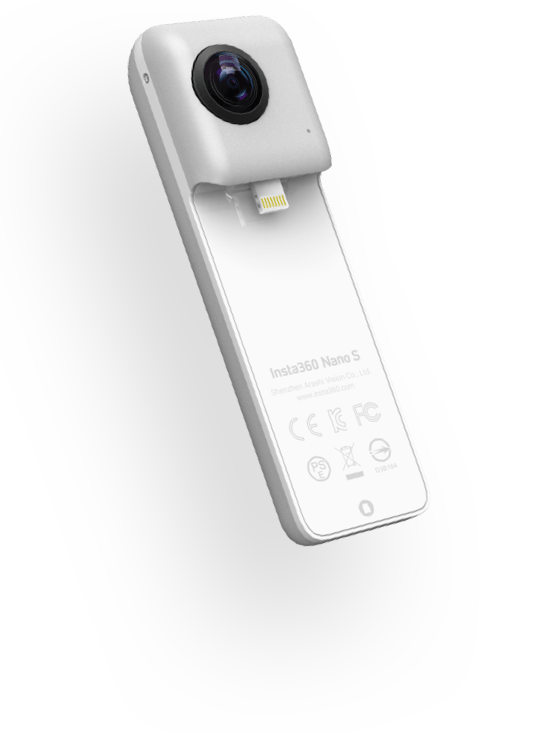
- Price: $149 on Amazon
- Video resolution: 3K
- Image resolution: 3K
- Frame Rate: 30fps
- Waterproof: NA
- Memory: 64GB internal space
- Battery capacity: 800mAh
The Insta360 Nano is an incredibly small and budget-friendly dual-lens 360 camera for live streaming. While you can use it without a phone, you’ll need an iPhone 6 or later if you actually want to do something with the recorded footage.
Boasting two lenses with 210-degree focus, the Insta360 Nano can capture everything around you. However, it doesn’t offer 4K resolution and doesn’t have the best audio quality, so it’s more suitable for casual needs.
Although the video quality isn’t as good as some other 360 cameras on this list, this model is perfect for iPhone owners looking to live stream 360 videos without spending a lot of money.
Pros
- Compact and inexpensive
- Captures both 360-degree stills and videos
- Directly saves videos to microSD card
- Records footage with and without phone
Cons
- Footage has color fringing
Best for VR Headsets: Samsung Gear 360
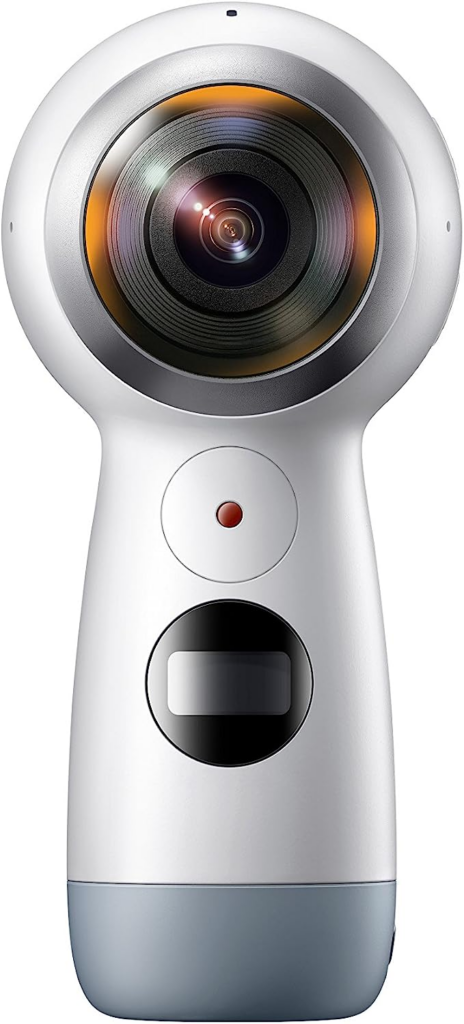
- Price: $145 on Amazon
- Video resolution: 4K
- Image resolution: 15MP
- Frame Rate: 24fps
- Waterproof: IP53 water-resistant
- Memory: MicroSD card
- Battery capacity: 1160 mAh
The Samsung Gear 360 is ideal for vloggers and live streamers with a Samsung VR headset. The camera allows you to upload your 360-degree videos into the stunning world of virtual reality, making it stand out from other models.
A round head on top of a handle-like body, its shape is different from its competitors as well. Although this shape makes it incredibly easy to hold in your hand, it becomes a bit unstable if you place it on a surface that’s even slightly uneven.
Despite being designed for Samsung smartphone users, its software is compatible with Mac and iOS devices as well.
Although the Gear 360 isn’t fully waterproof, it does have an IP53 water-resistant rating. It also has a lower video resolution (only 4K) than other models, but this doesn’t necessarily have to be a mark against it, especially when you consider the incredibly low price point.
Pros
- Excellent value for money
- Compatible with VR headsets
- Simple operation
- Easy to hold in your hand
Cons
- Live broadcast only supports 2K resolution videos
- Top-heavy design isn’t stable
Best for Group Sittings: Ricoh Theta S

- Price: $382 on Amazon
- Video resolution: Full HD
- Image resolution: 12MP
- Frame Rate: 30fps
- Waterproof: NA
- Memory: 8GB internal storage
- Battery capacity: NA
The Ricoh Theta S is one of the best 360 cameras for spherical imagery. Its versatility opens up a ton of creative possibilities, and its images look clear and crisp even after some magnification, which is key for a camera that captures the whole world around it.
The camera captures fine-tuned 1080P HD videos and even allows users to live stream them directly on social media platforms without connecting the camera to a separate personal computer.
The model also shoots high-quality images in brightly-lit conditions, while its shutter button works great and eliminates the need for a dedicated smartphone app. However, you can still use the free Theta S app’s Live View feature to preview your 360 shots before you press the shutter button.
If you’re brimming with creativity, vision, and imagination, you’ll surely find a unique way to use the Ricoh Theta S. Its only real drawback is the non-rugged design, and while there is a waterproof case available, it’s only rated for up to one-meter submersion.
Pros
- Intuitive smartphone app is easy to use
- Compact design
- Captures 360-degree videos and images
- Cloud service allows image sharing
Cons
- Non-rugged design
- Mac software is a bit finicky
Best Add-On Camera: Giroptic iO
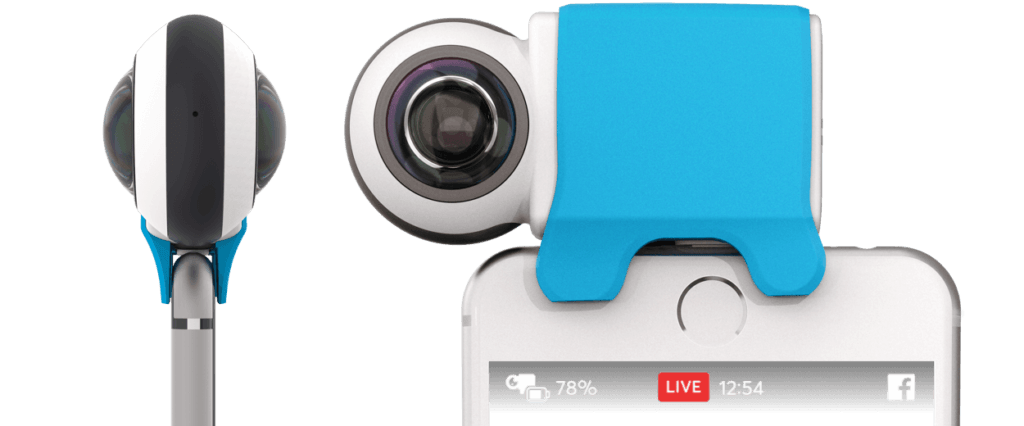
- Price: $90 on Amazon
- Video resolution: 1920 x 960
- Image resolution: 13840 x 1290
- Frame Rate: 30fps
- Waterproof: NA
- Memory: Uses phone storage
- Battery capacity: 915 mAh
The Giroptic iO is an incredibly small 360 camera that works as a phone attachment. There’s both an Android and iPhone version and it’s even compatible with iPads. Simply connect the camera to your phone, instantly shoot 360 videos and photos, and then share them online with the incredibly intuitive and user-friendly app.
This model’s tiny size means you can carry it around with you in your pocket wherever you go. It’s also well-made, works straight out of the box, and captures great 360 images. Although the video resolution isn’t as great as some other cameras, it’s not much of an issue if you view it on a small screen.
The Giroptic iO is completely compatible with Google and Facebook’s live stream features, so you can easily set up a stream in only a few seconds. You just need to fire up the app, sign into your account, tap the live stream button, and you’re good to go! You can even keep track of your audience’s reactions as you stream with the app.
Although the quality of your live stream will be limited due to the model’s video resolution, its 360 shots and ease of use really make it something worth considering.
Pros
- Extremely portable
- Comes with a waterproof case
- Very easy to use
- High-quality 360 shots for its size
Cons
- Costlier than some other competitors
- Low video resolution
How Do I Choose the Best 360 Camera for Live Streaming
With such a wide range of 360-degree cameras available in the market, choosing the best one can be an incredibly daunting task. Ultimately, your decision should come down to your specific priorities and needs. Here are a few things you should consider:
Resolution
A 360 camera with a higher video resolution helps ensure crisp, clear footage. Models offering anything below 4K have become a thing of the past, so it’s best to opt for a camera with 4K or above resolution.
However, keep in mind that resolution doesn’t solely dictate image quality. Make sure you consider other factors like dynamic range and frame rate as well to get a better idea of what the video quality will actually be.
Size
Do you prefer a larger 360 camera or a small action cam that you can easily attach to your phone? 360-degree cameras come in all shapes and sizes, so opt for something that best suits your needs.
Battery Life
It’s important to note that the battery life of any tiny camera won’t be anything to write home about. Still, there are devices with different battery capacities, so it’s best to compare and consider your needs before making the purchase.
Features
From live streaming wild action-adventure sports to creating immersive VR experiences, 360-degree cameras have a wide range of applications. They boast features like slow-mo, HDR, timelapse, live stream, and AI-powered editing, and the features that will benefit you most will depend on how you plan on using your 360 camera.
It’s also best to consider whether you want a camera that can shoot both standard single-lens and 360 photos and videos. This feature adds a layer of versatility, but keep in mind that it’s not something that all cameras offer.
Price
The best 360 cameras for live streaming start from a few hundred dollars and go up to over a thousand bucks. Make sure you consider your budget before choosing the best one for your needs.
Final Thoughts
360-degree videos are much more complex than images, as all the action continues around the viewer, directing their attention to different parts of the video at different times. As streaming platforms become more sophisticated, live streaming 360-degree broadcasts have also become more popular, as they allow your audience to completely immerse themselves into an unfolding event without actually being there.
Regardless of how you’re planning on using your 360-degree camera, make sure you look at it as just another tool. Remember that one camera won’t be the best choice for every single shot, project, or situation, and hopefully, this guide will help you find the device that will be just perfect for your needs.
When choosing an excellent 360 camera for your next live stream, don’t overlook the importance of pairing it with a reliable streaming camera for capturing complementing perspectives. A high-quality streaming camera ensures stable and seamless broadcasting, making your 360-degree live streaming sessions even more engaging and professional.
FAQs
Are 360 cameras worth buying?
You should definitely buy a 360 camera if it suits your needs. They work great as action cams, making them ideal for panoramas, real estate virtual tours, virtual reality, live streaming, and more.
How does a 360 camera work?
A 360 camera uses two or more lenses to get a shot of everything surrounding it. The camera’s software automatically stitches these multiple views together, resulting in a spherical video that captures all your surroundings.
What are the best 360-degree camera apps for iPhones?
Some of the best 360-degree camera apps for iPhones include Roundme, DMD Panorama, TeliportMe’s Panorama 360 Camera, and Giroptic’s 360cam.
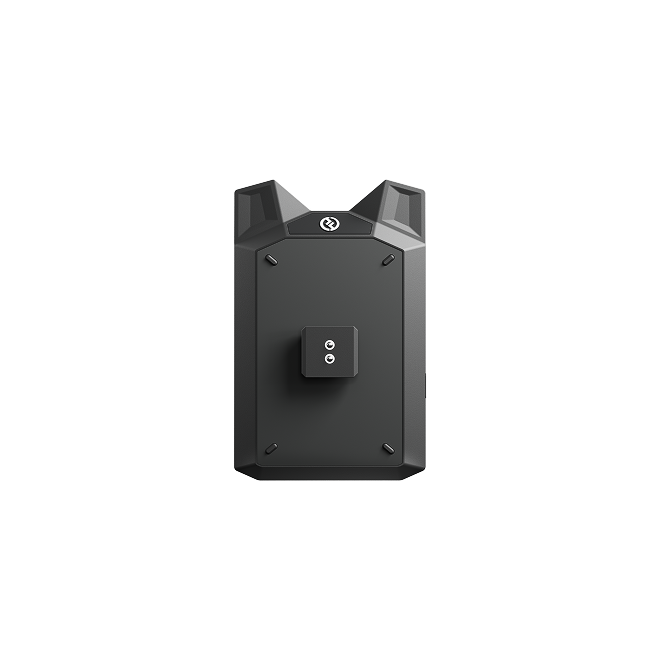

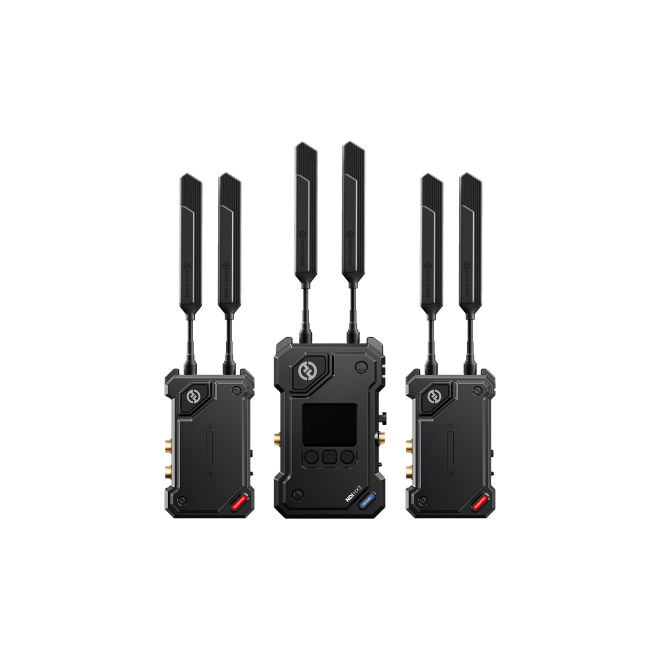
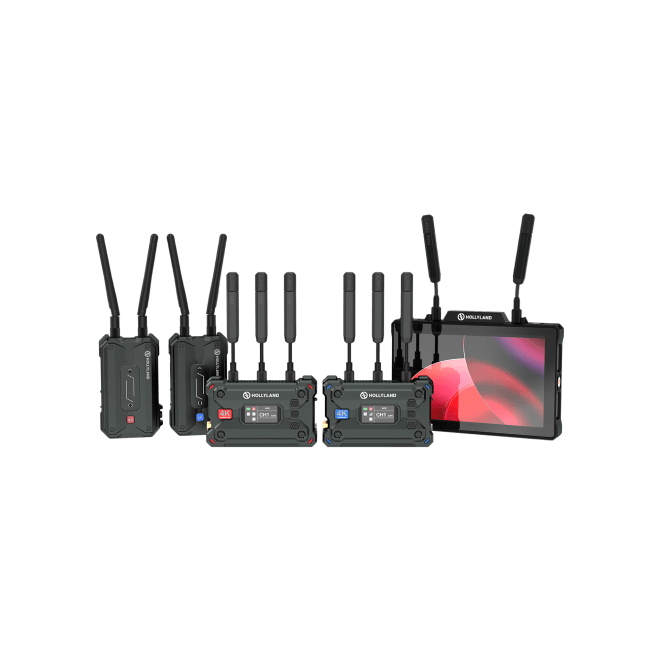
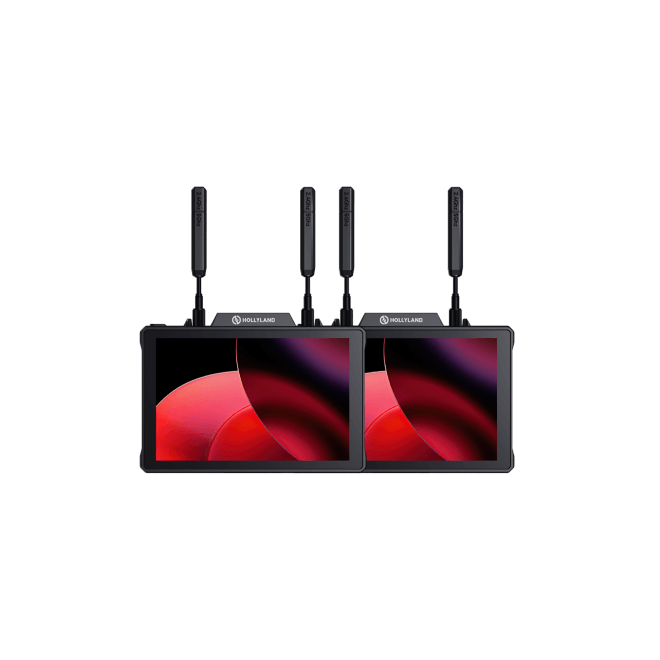
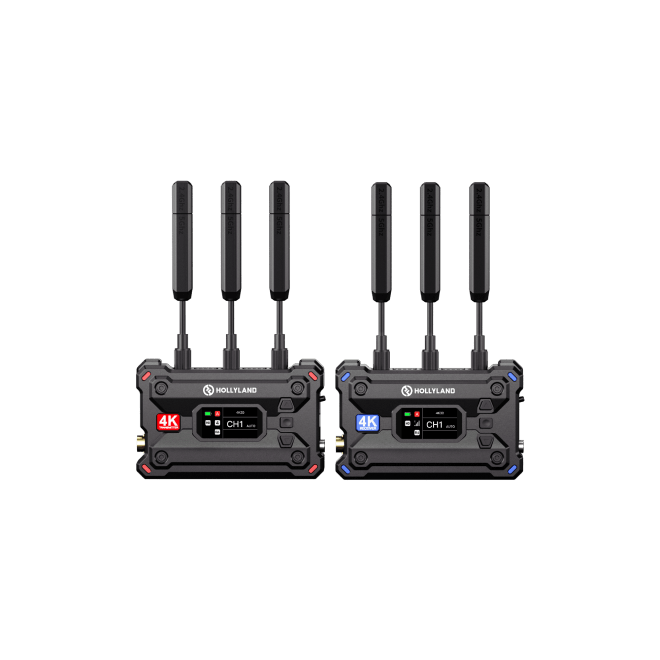
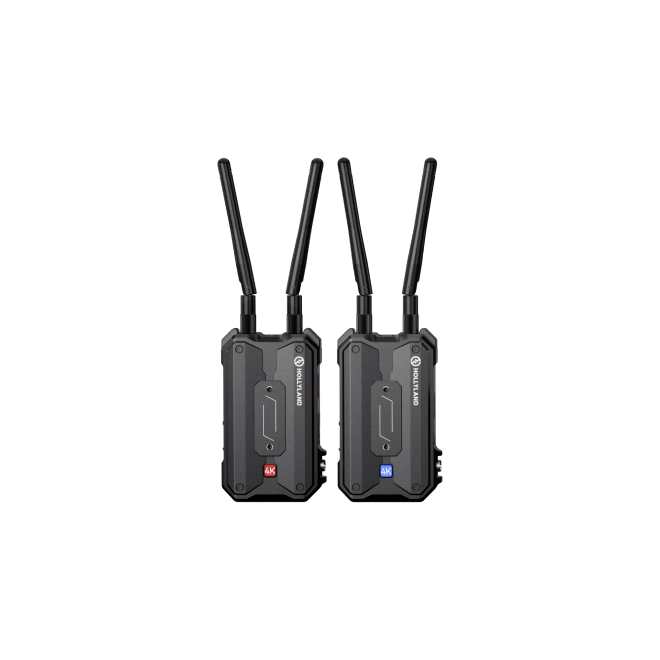
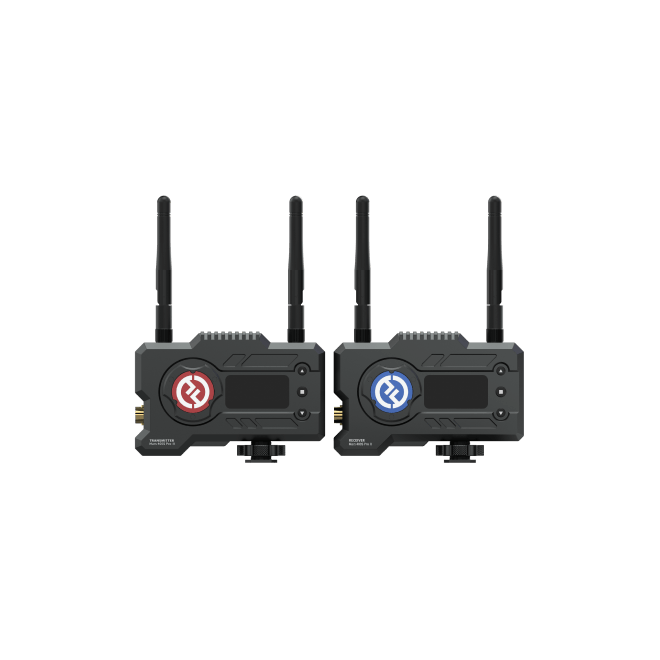
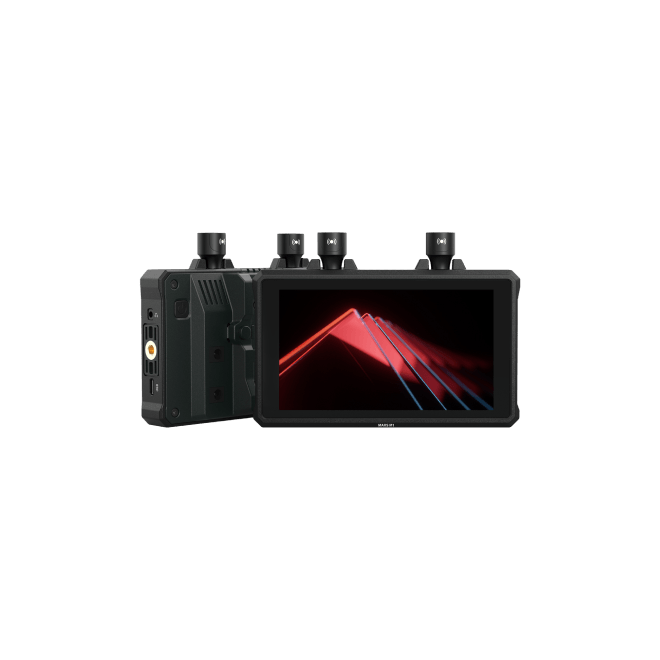
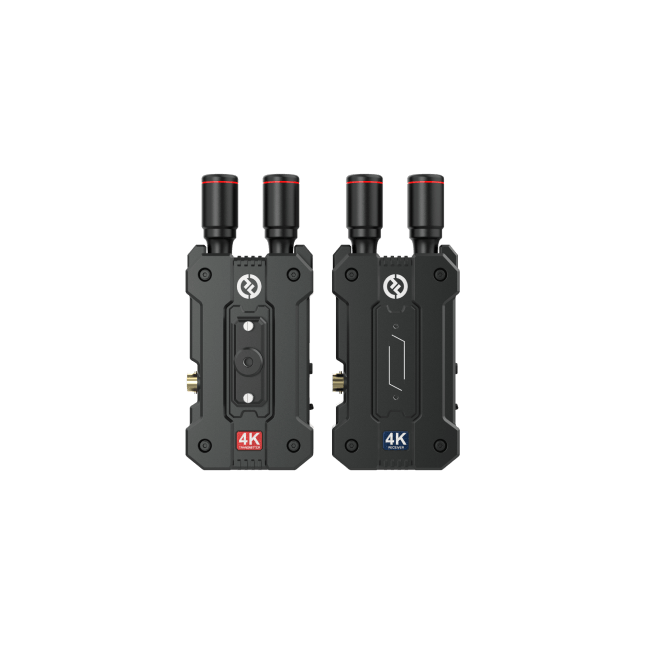
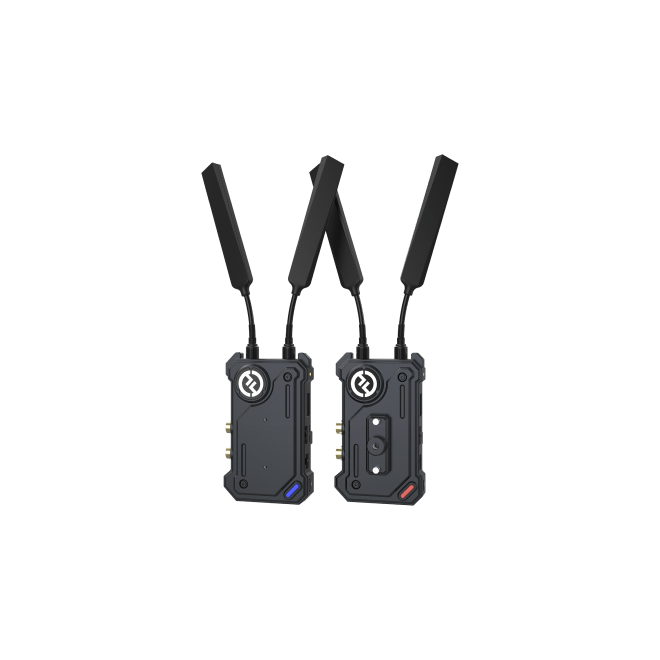
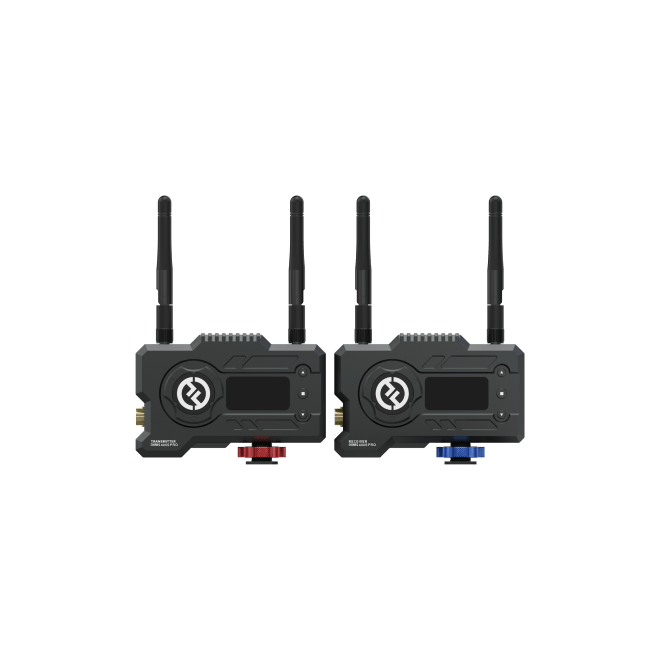
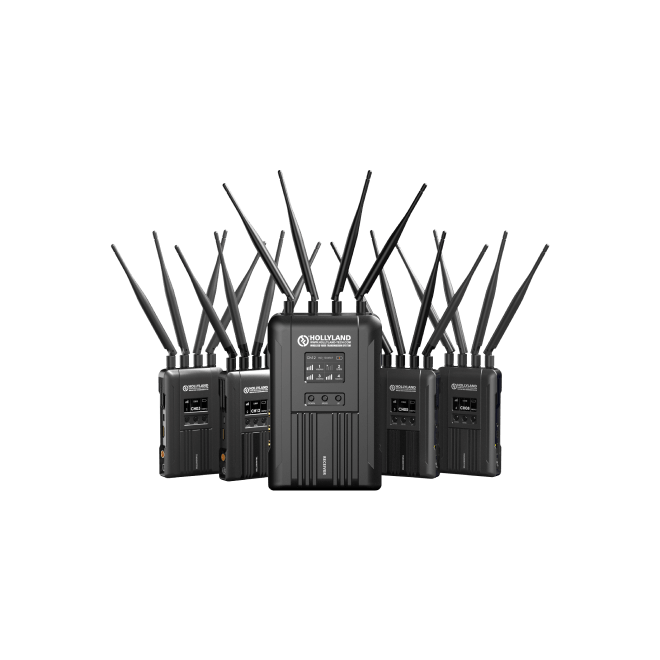
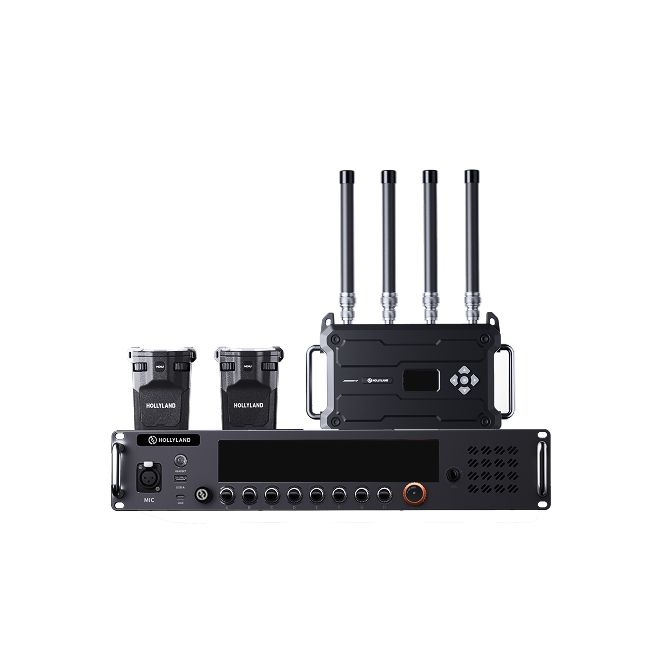
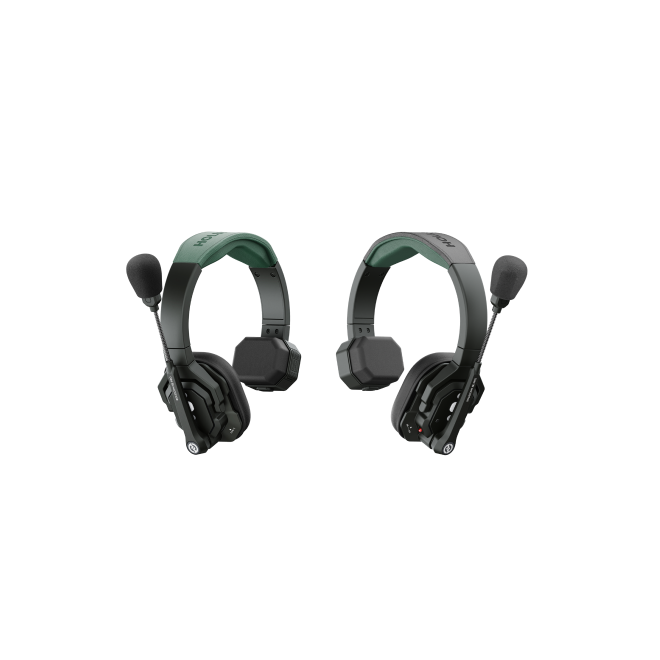
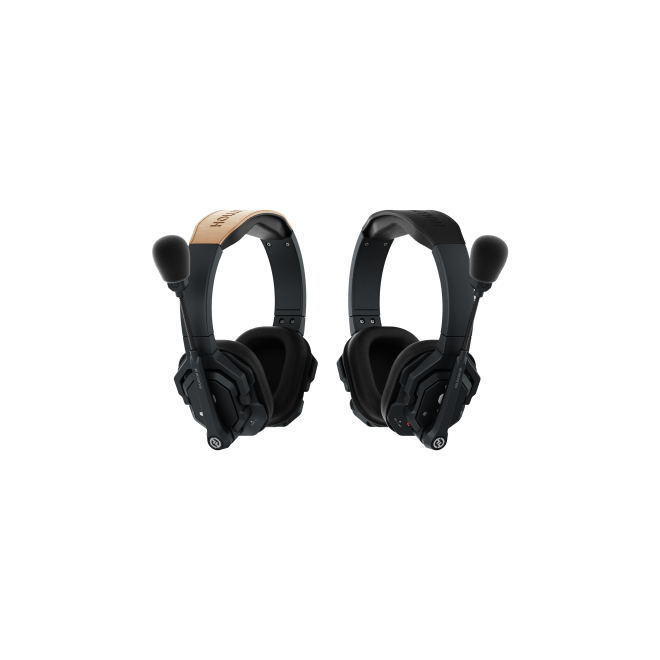
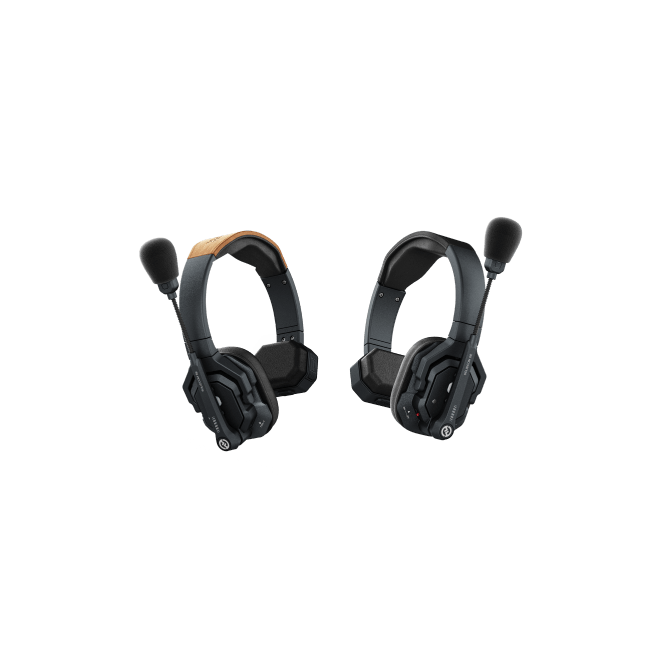
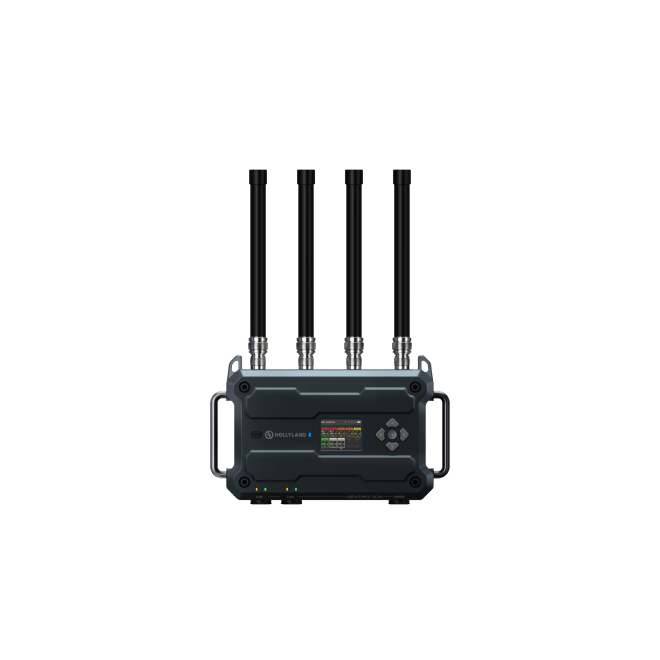
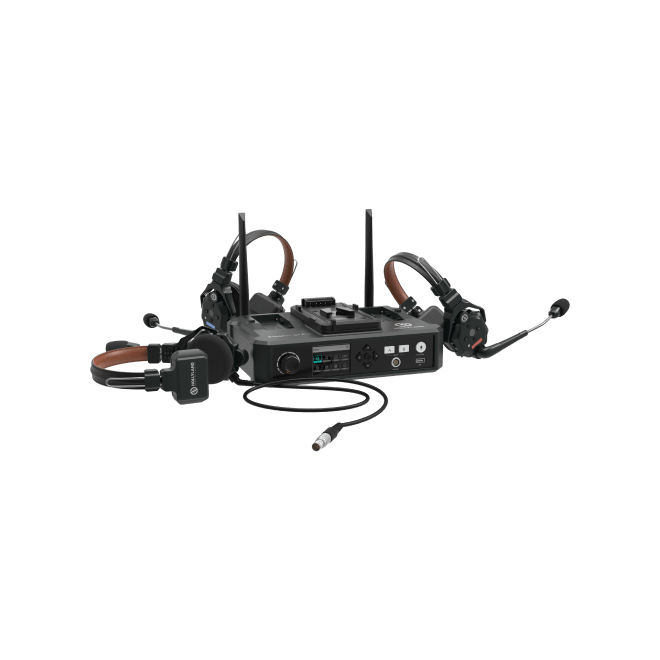
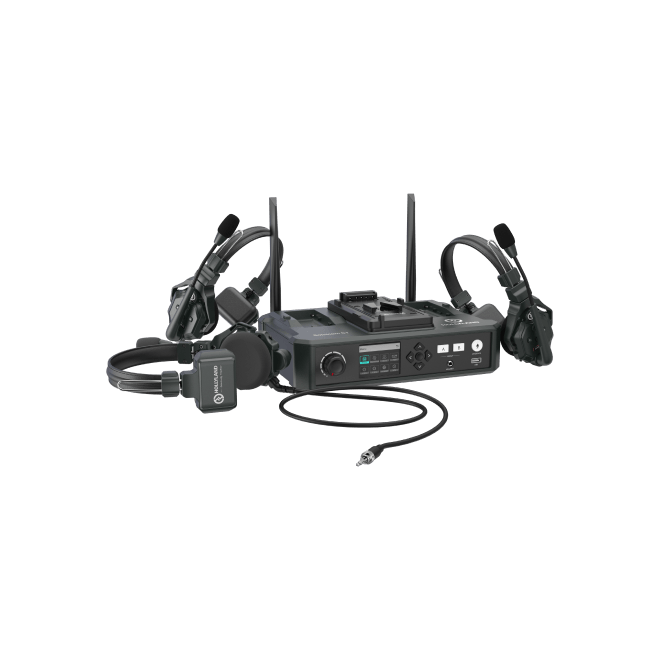
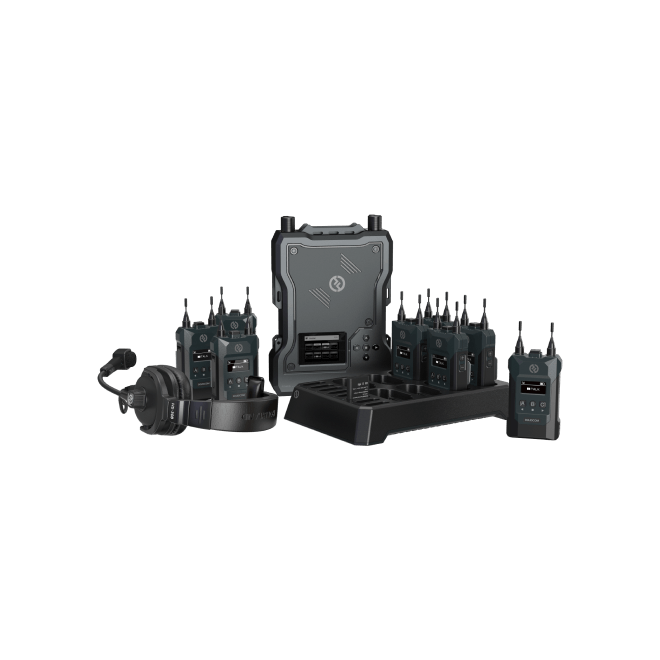
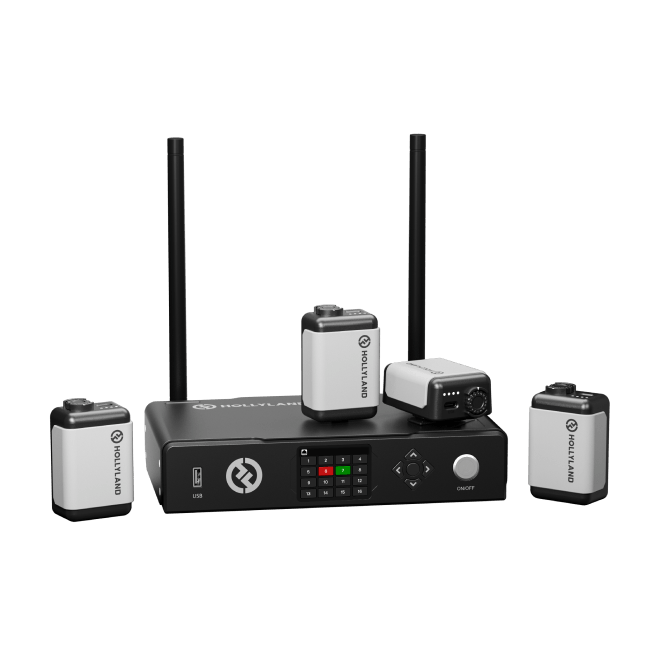
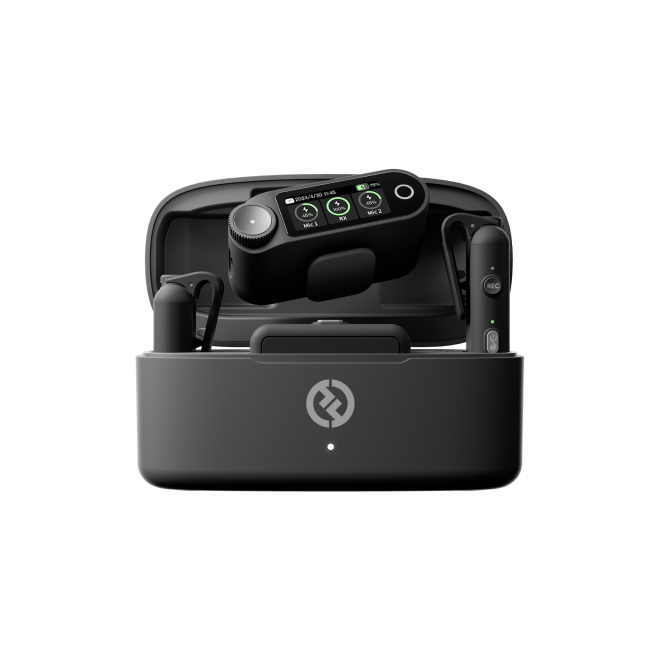
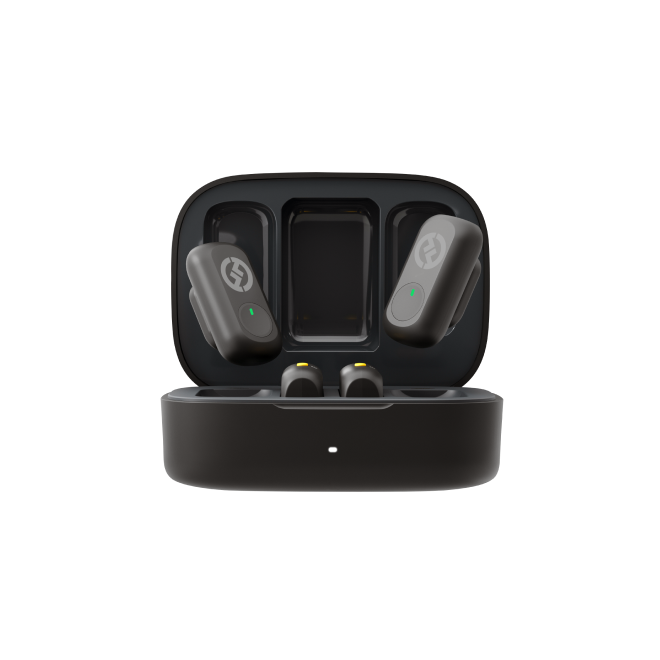

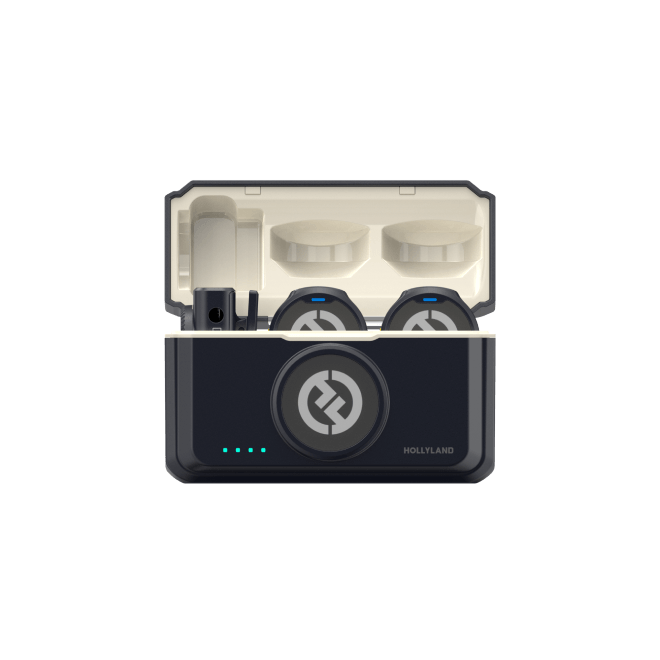
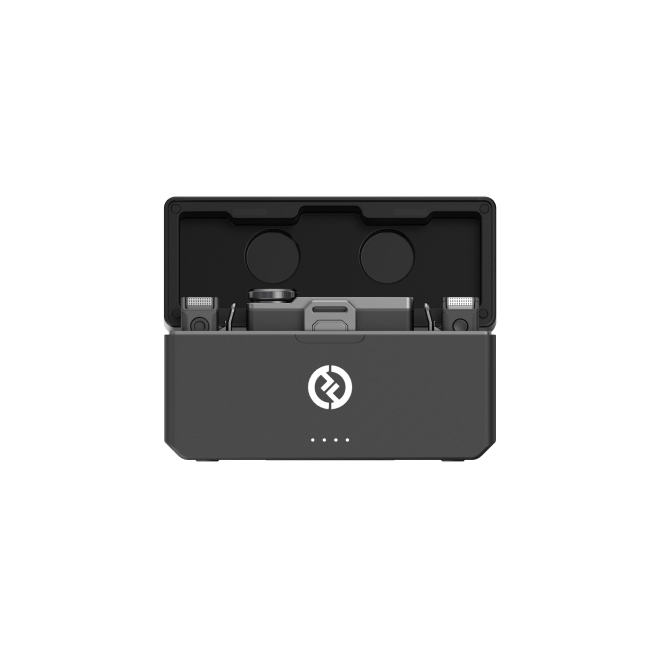
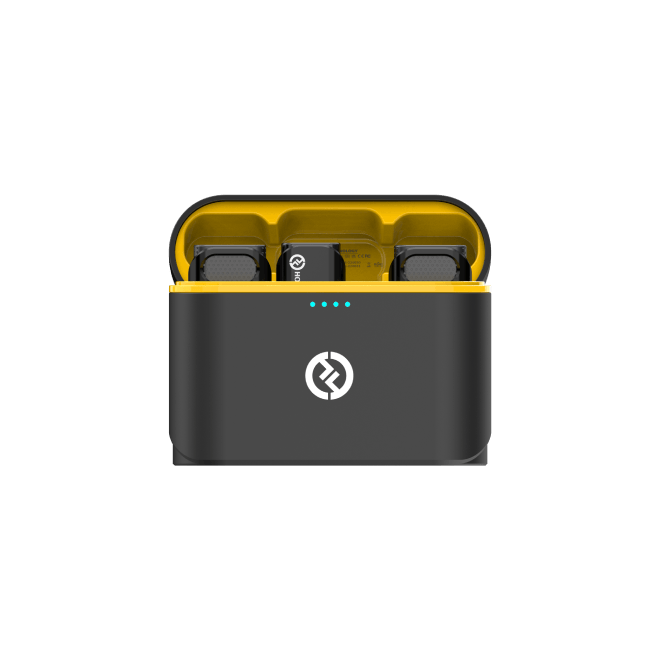
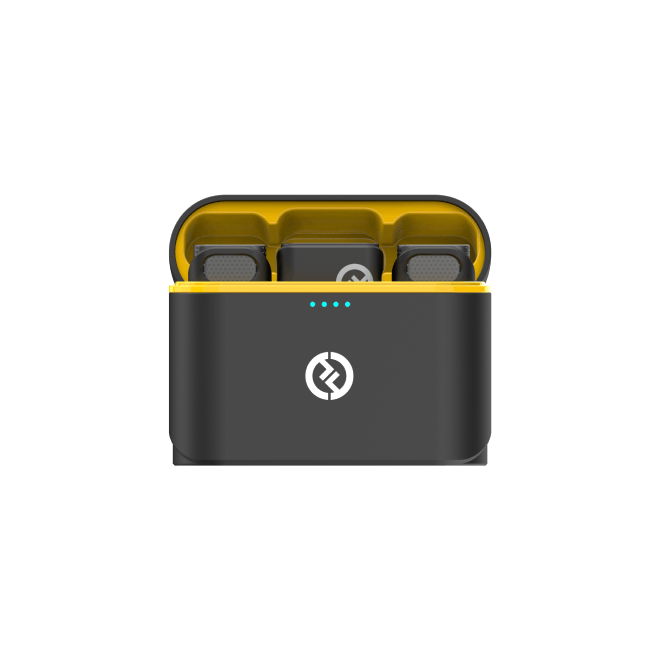
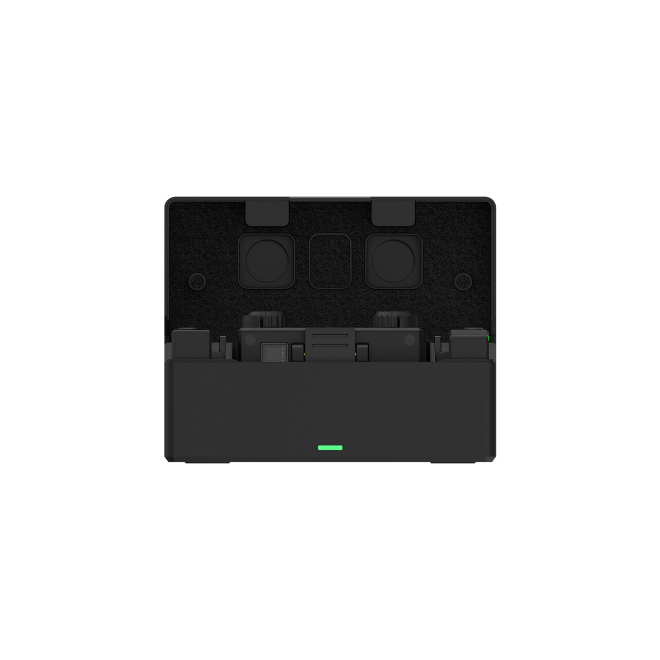
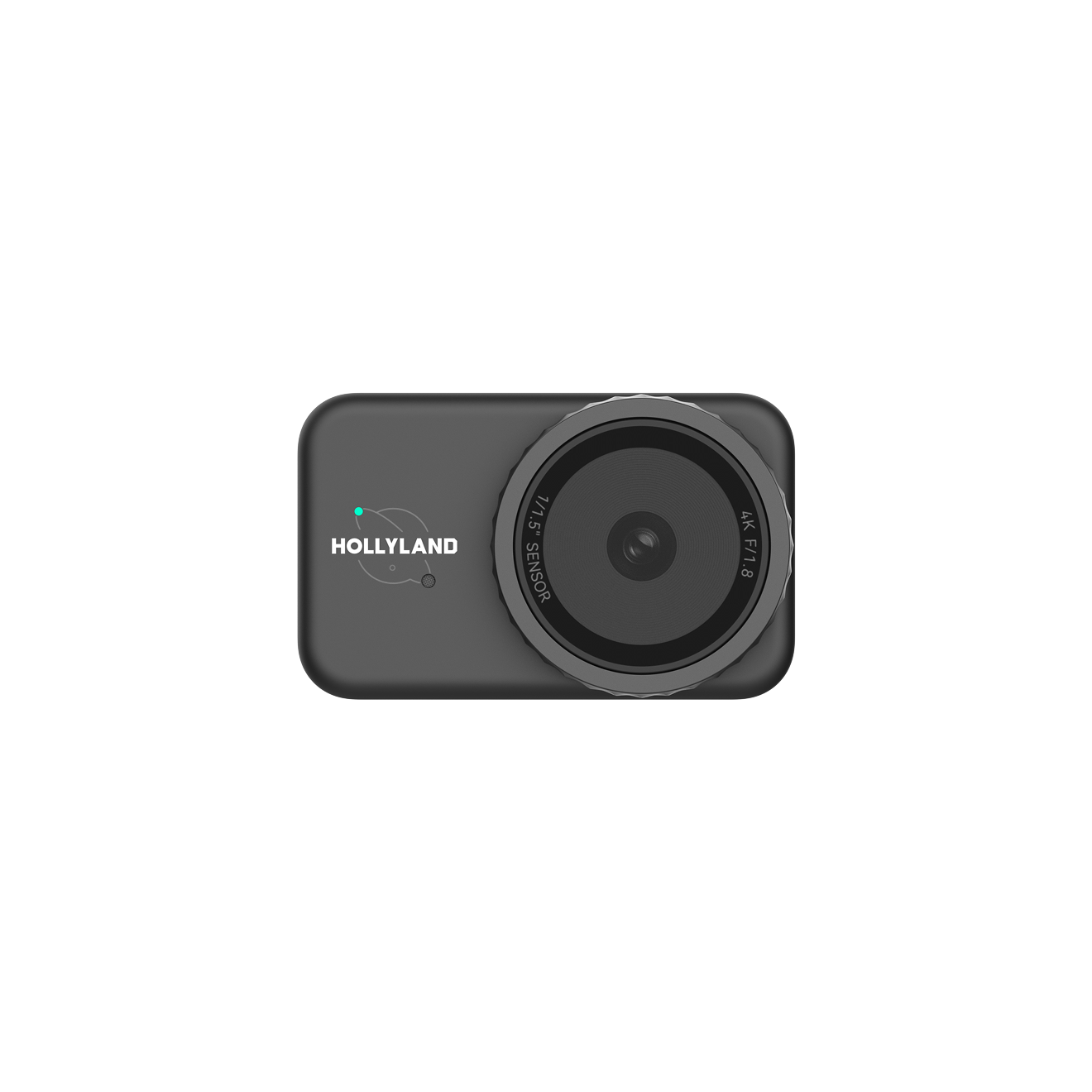

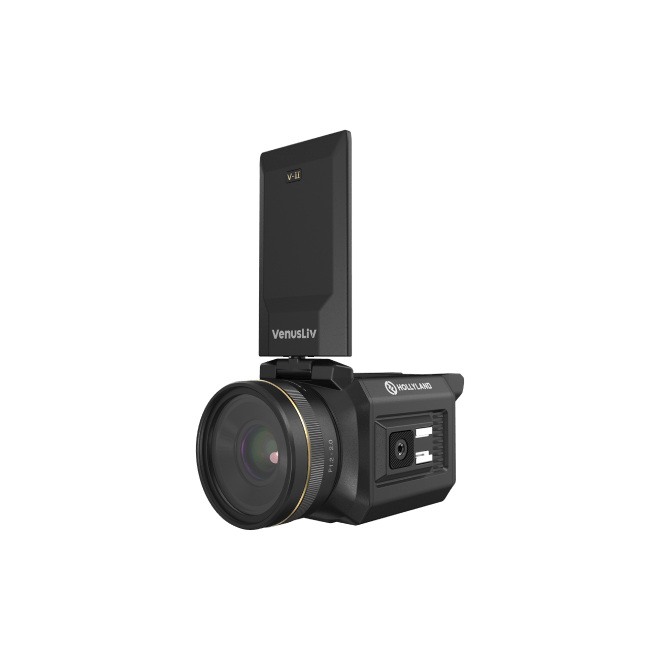
.png)


